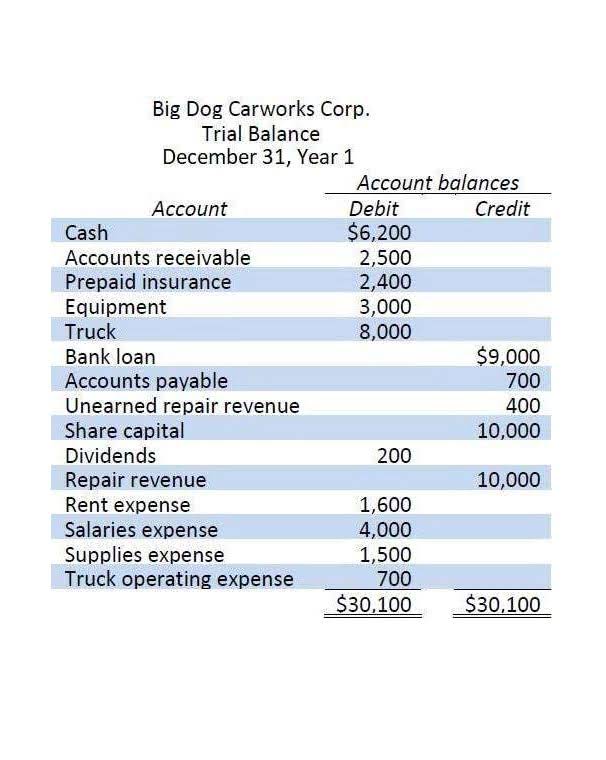Gross Profit Margin Ratio Formula Percentage Example Calculation

Learn the typical range for a company of your size to assess whether you’re in line with industry standards. Using these figures, we can calculate the gross profit for each company by subtracting COGS from revenue. We can use the gross profit of $50 million to determine the company’s gross margin. Simply divide the $50 million gross profit into the sales of $150 million and then multiply that amount by 100. The gross margin can also provide insights into which products and services are the most efficient to produce and sell, as well as where to make cost improvements. It’s considered the best way to evaluate the strength of a company’s sales performance by assessing how much profit is generated compared to the costs of production.
Gross Profit Margin: Formula, Calculation and Example
To define gross margin in simpler terms, it is simply gross profit, stated as a percentage of the revenue. This might entail renegotiating supplier contracts, adopting more efficient production techniques, or leveraging technology to reduce waste. This might involve gross margin accounting tapping into new markets, launching innovative products, or refining the marketing strategy. The pricing strategy a company adopts can significantly sway its gross margin. Premium pricing might elevate gross margins, reflecting a high perceived value.
Gross Profit Ratio

Click on any of the CFI resources listed below to learn more about profit margins, revenues, and financial analysis. The ratio indicates the percentage of each dollar of revenue that the company retains as gross profit. Is there software you can use to collect and organize customer information? Can you use tracking software to manage shipping data and customer notifications?

The Relationship Between Gross Profit Margin and Net Profit Margin
Streamlining processes is one of the most efficient ways to improve gross margin. By analyzing and optimizing workflows, businesses can reduce wastage and improve operational efficiency, which leads to cost savings. Calculating gross profit margin can be a straightforward process once you have the necessary data at hand. Gross profit margin is a vital metric that quantifies the proportion of total revenue that exceeds the cost of goods sold (COGS).

Implement Efficiency Measures
It’s helpful to compare the profit margins over multiple periods and with companies within the same industry. In accounting, the gross margin refers to sales minus cost of goods sold. It is not necessarily profit as other expenses such as sales, administrative, and financial costs must be deducted. And it means companies are reducing their cost of production or passing their cost to customers.[clarification needed] The higher the ratio, all other things being equal, the better for the retailer. In recessions or economic slowdowns, consumers tend to cut back on spending.
- For instance, a company with a seemingly healthy net income on the bottom line could actually be dying.
- But it does not account for important financial considerations like administration and personnel costs, which are included in the operating margin calculation.
- By analyzing and optimizing workflows, businesses can reduce wastage and improve operational efficiency, which leads to cost savings.
- The gross profit of the retail business – the difference between revenue and COGS – is $2 million here.
Assess the trends over time

You can also use your gross margin percentage to compare your profits to those of similar businesses in your industry. Since they likely have a similar cost of goods sold, you can use this metric to compare your total sales revenue. Gross profit margin is an important metric that measures the revenue your company retains after deducting basic operating costs.

How to Calculate Gross Margin
The cost and quality of raw materials can significantly impact the gross margin. Any fluctuation in these costs—whether due to supply chain disruptions, geopolitical events, or other reasons—can have a direct effect on gross profit. For instance, let’s consider Apple Inc., one of the world’s most profitable companies. If Apple generates total revenue of $100 million through iPhone sales and incurs COGS of $60 million for producing those iPhones, their gross profit is $40 million ($100M – $60M).
- While they are often used interchangeably, there is a subtle difference between them.
- Gross profit margin is the profit a company makes expressed as a percentage.
- The gross profit margin may be improved by increasing sales price or decreasing cost of sales.
- Gross profit margin is an important metric for measuring the overall financial health of your business.
- However, this must be done competitively; otherwise, the items would be too expensive, and the firm would lose clients.
A higher gross margin indicates a firm’s capability to cover operating expenses and turn a profit for each unit of product or service sold. A higher gross margin suggests that a firm generates a significant portion of revenue for each unit of product sold or service rendered. It acts as a litmus test, highlighting the company’s ability to cover its operating costs and turn a profit. If not managed properly, these indirect costs can really eat into a company’s profit. Calculating gross margin allows a company’s management to better understand its profitability in a general sense. But it does not account for important financial considerations like administration and personnel costs, which are included in the operating margin calculation.
